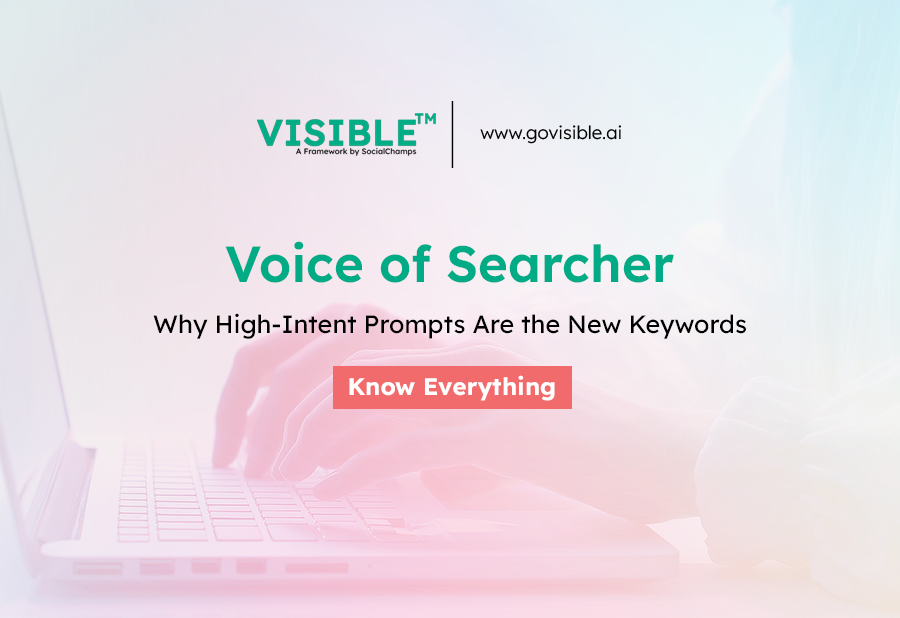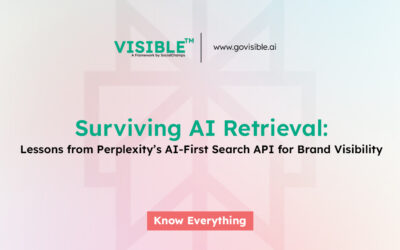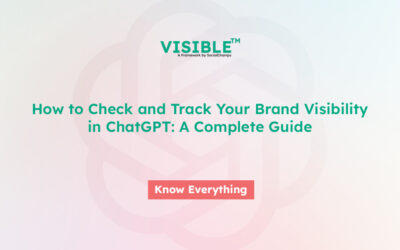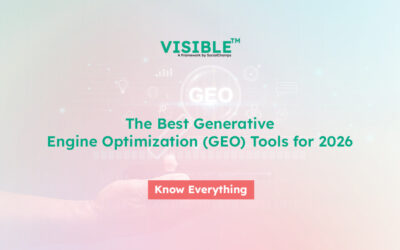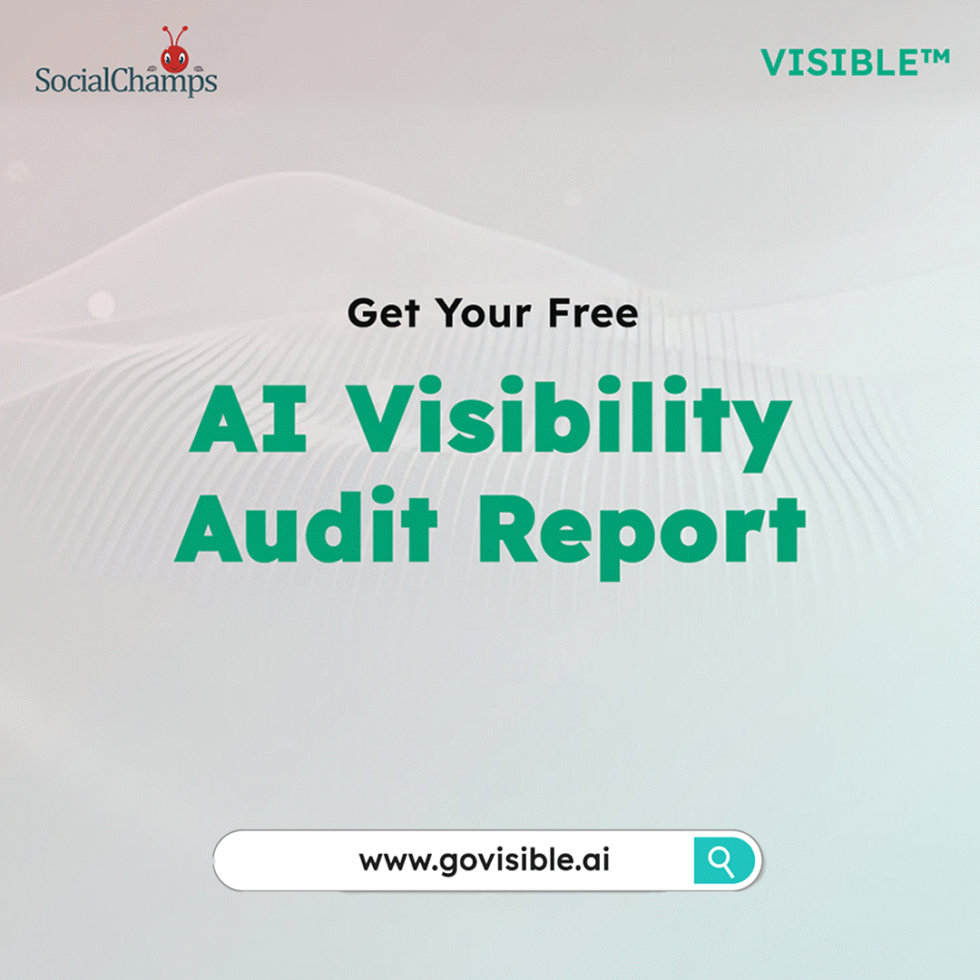From Keywords to Prompts — A Paradigm Shift
What Traditional SEO Missed About User Intent
Traditional SEO optimized for static keywords. But keywords are merely fragments of user intent. The real signal has always been searcher language. As generative engines like ChatGPT, Gemini, and Perplexity become the new interface of search, the model reads the entire prompt, not a few keywords. In this new environment, relevance isn’t about density. It’s about alignment.
“A keyword is a signal. A prompt is a sentence. Generative engines understand the sentence. That’s the game now.”
How Generative Engines Read Prompts, Not Pages
Google BERT and OpenAI’s GPT family shifted the paradigm. Language models evaluate semantic clarity and intent depth in prompts, not backlinks or meta tags. Relevance emerges from prompt-page match, not page structure.
“SEO is evolving from index-based logic to transformer-based relevance.” — Gartner
Example: Amazon optimized product content not just for “wireless headphones” but for prompts like “best noise-canceling headphones for travel with 20-hour battery.”
What Are High-Intent Prompts?
Not all prompts are created equal. High-intent prompts reveal a searcher’s readiness to act—whether it’s to compare, decide, or buy. These prompts are deeper, more specific, and more context-rich than generic keyword phrases. At VISIBLE™, we classify them based on underlying user psychology and decision-making stages.
Prompt Types Based on Searcher Psychology
- Prompts follow a hierarchy of intent. VISIBLE™ maps this through the PromptIntent Pyramid:
- Base (Exploratory): “What is a zero-trust architecture?”
- Middle (Comparative): “Zero-trust vs perimeter security”
- Peak (Transactional): “Best zero-trust solution for healthcare compliance”
Cross-Industry Use Cases for High-Intent Prompts
| Industry | High-Intent Prompt Example |
|---|---|
| SaaS | Best CRM for 10+ sales reps in construction |
| DTC Beauty | Vegan skincare brand with refillable packaging |
| Enterprise Security | SOC 2 compliant email firewall for finance |
| Travel | All-inclusive resorts in Hawaii for couples with spa access |
| Ecommerce | Eco-friendly gym shoes under $100 with arch support |
These are not keywords. They’re searcher-generated prompts with buyer context embedded.
The Voice of the Searcher in 2025
Prompt Patterns Across Platforms (ChatGPT, Perplexity, Gemini)
Each platform exhibits prompt language nuances. Perplexity skews informational. ChatGPT blends assistant-like phrasing. Gemini blends visual + text. But the common thread? They respond to well-formed, high-intent prompts.
High-Intent = High-Conversion Signals
A study by McKinsey showed that personalization driven by intent increased conversion rates by 20-30%. High-intent prompts are pre-qualified conversion pathways.
Example: Sephora tailors landing pages for prompts like “cruelty-free anti-aging night cream for sensitive skin.”
Generative Engine Optimization: Shifting From SERPs to Semantics
Why VISIBLE™ Created PromptGraph
PromptGraph is VISIBLE™‘s proprietary model that clusters searcher prompts into semantic intent groups. Instead of organizing content by URL, we cluster by Searcher-Generated Language.
How Prompt Clusters Replace Keyword Lists
Keyword lists are relics. Prompt Clusters offer:
- Contextual depth
- Behavioral grouping
- Real-time updateability
VISIBLE™ ranks prompts by Entity Depth Index and Visibility Score, guiding brands where intent is both dense and unserved.
Mapping Prompts to Pages: A B2B SaaS Example
For a B2B CRM vendor:
- Prompt: “Construction CRM with Gantt chart integration”
- Cluster: Mid-funnel evaluation group
- Page Match: A product page with comparison matrices and buyer proof
This is how Prompt-to-Publish works.
Redefining the SERP with Prompts
High-intent prompts aren’t a refinement of keyword strategy — they embody the principles behind both the PromptIntent Pyramid and PromptGraph™. These models show how real buyer intent is revealed in natural language, not isolated terms. From hierarchical prompt mapping to clustering based on searcher psychology, this new strategy rewires how we define relevance in generative ecosystems. — they represent an entirely new axis of optimization. Where keyword-based SEO focused on visibility in a static index, prompt-driven strategy aligns with how generative engines dynamically interpret and respond to human intent.
This shift is not optional. Generative engines don’t “crawl and rank” they interpret, synthesize, and generate. That means if your content isn’t designed to match high-intent prompts, you’re not just unranked — you’re unread.
Hard Truth:
If you’re still optimizing for keywords, you’re not just behind—you’re invisible. High-intent prompts are not a tweak to SEO. They are the future of discoverability.

